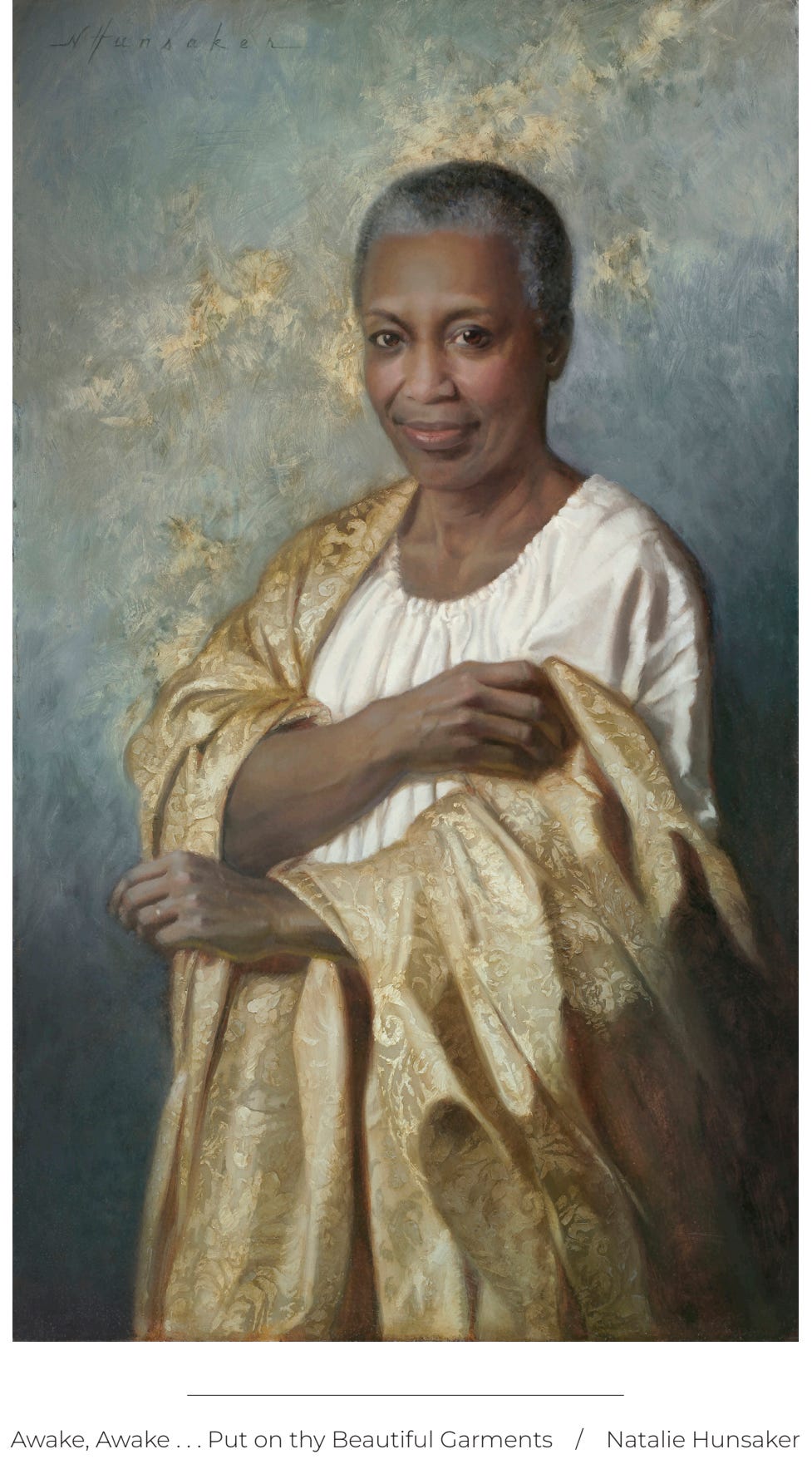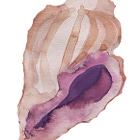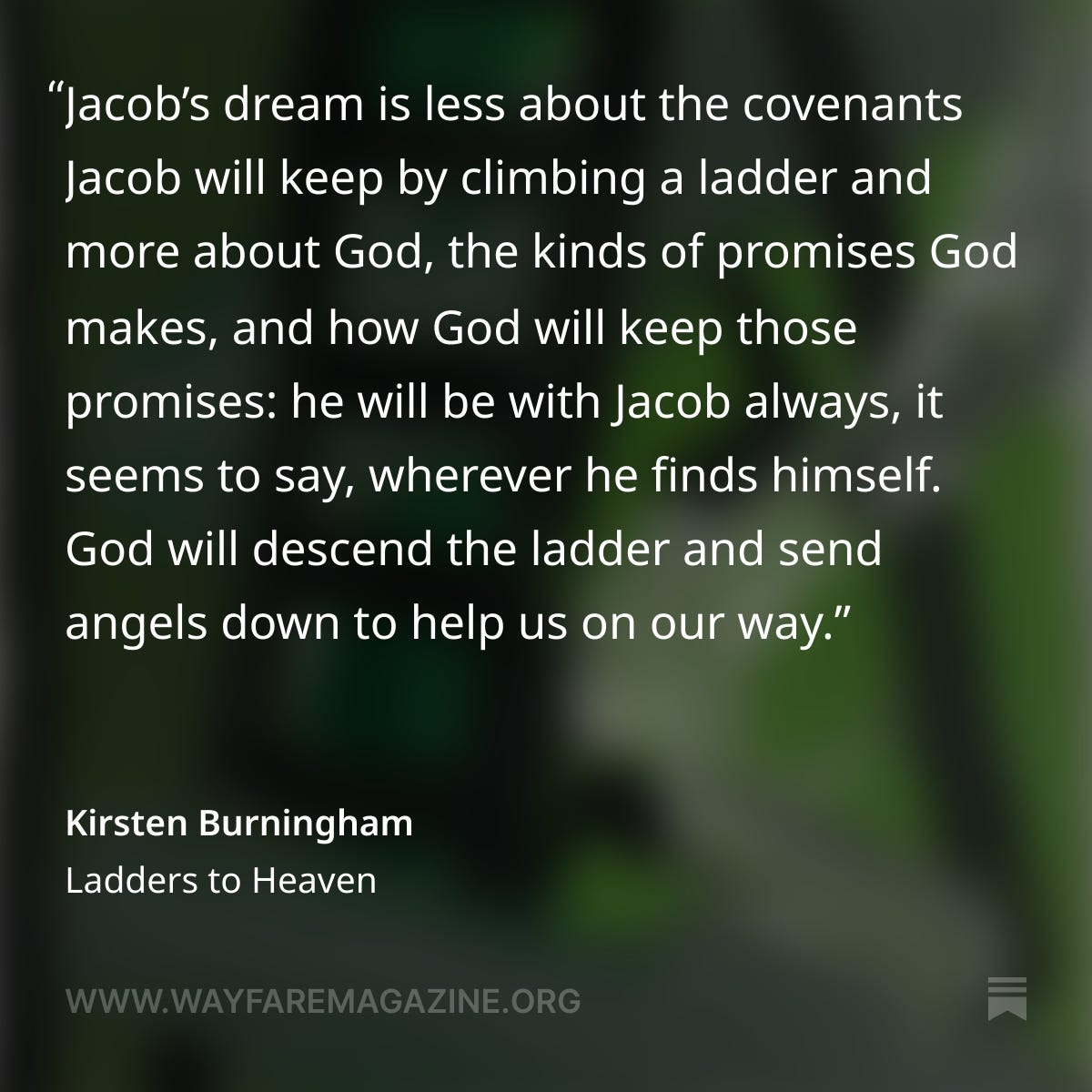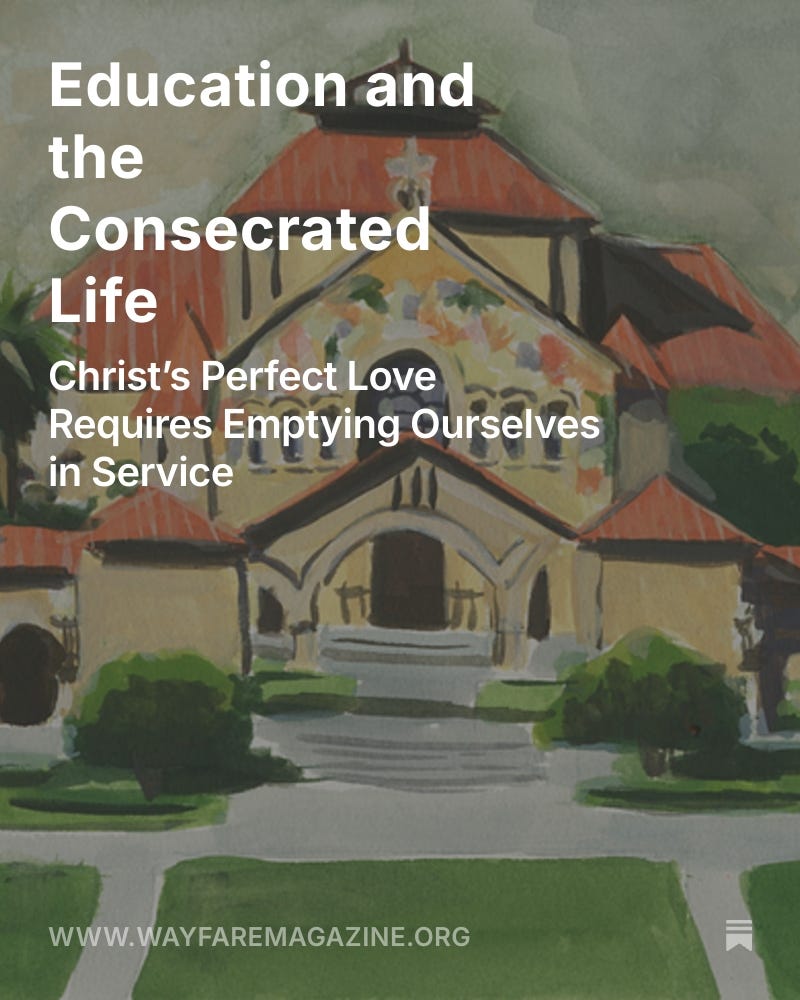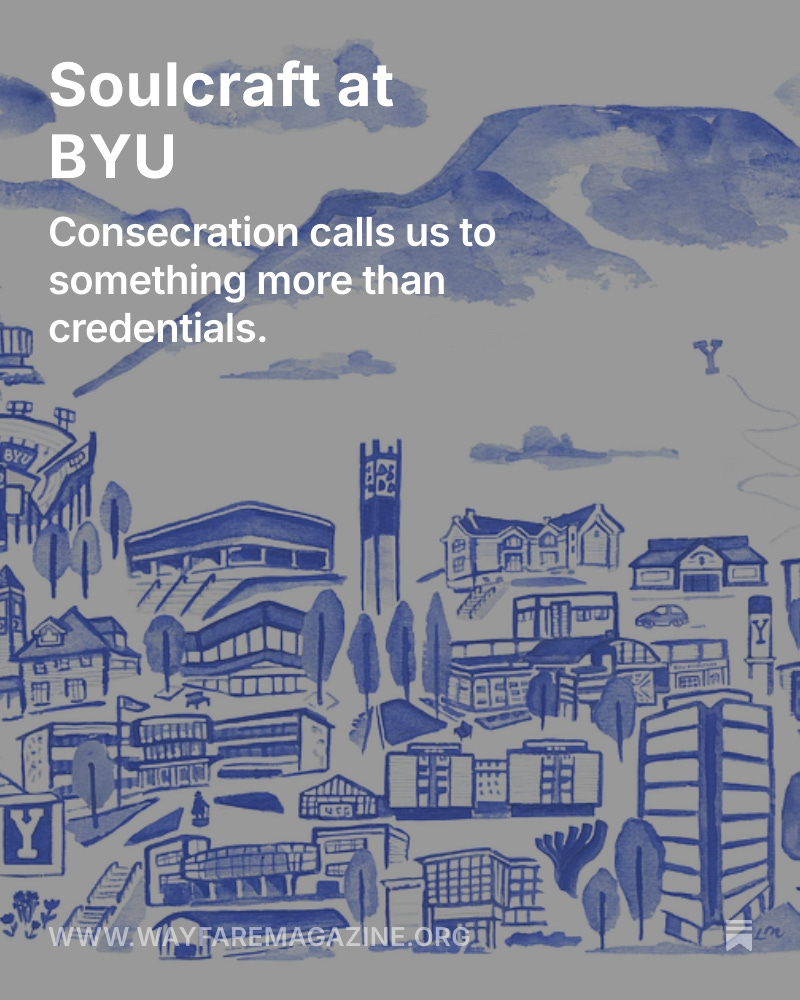How can I find peace, holiness, and joy?
Faith Matters resources to accompany your Come Follow Me study: August 11-17
Jesus Christ offers me peace.
Light and law come from Jesus Christ.
Jesus is teaching that the rules point to something, but the rules aren’t the point. In shifting our orientation, the law loses its bite. When the law says, “don’t kill,” Jesus points to “love God and love your neighbor.” When Jesus says, “don’t be angry,” He’s still pointing to “love God and love your neighbor.” Look at what the law is pointing to; that’s what He’s teaching. …
Jewish writers… often perceive law more generously than many Christians; with their unique vision they redeem the term. Law in its various forms—commandments, ordinances, rituals, and the like—transforms from rote routines and checklists to meaningful practices and duets. “The law, stiff with formality, is a cry for creativity,” writes Heschel, “a call for nobility concealed in the form of commandments. It is not designed to be a yoke, a curb, a strait jacket for human action. . . . All observance is training in the art of love.”
If my only picture of law is from the rigid hands of the specific group of Pharisees in Jesus’s time, I’ll miss the expansive Jewish thinking that also sees love as the heart of law. Before Christians existed, the Jews taught, “Love your neighbor as yourself” (Lev. 19:18). And like Paul, the great advocate for grace, Jews explained that the purpose of law is for it to become written inwardly on our hearts, not merely for it to stagnate on tablets of stone (Jer. 31:33).
In Jason Olson’s memoir, cowritten with James Goldberg, Olson writes of holding both his Jewish and Latter-day Saint faith. He explains that “being a Jew meant hearing the beat of a divine drummer. The law, so often viewed with derision by Christians, brought a divine calibration to our people. It brought a sense of sacred order syncing our calendar and daily life with God’s heartbeat.” The law, then, is one way to attune ourselves to God’s heartbeat—to hear decibels outside our own umwelt. …
When loving, grace-filled partnerships arise, we rejoice in the truths we have discovered with the people we love. We do good from a place of communion with God. Life here feels like the call and response of a harmonious conversation between two violins. Here we’re serving or praying or playing or exploring math because those activities are intertwined with divine joy, peace, love, or power. They teem with truth, wisdom, or light. We are the bird flying, flapping our wings or soaring in the updrafts. The law is written on our innermost parts, engraved on our hearts (Jer. 31:33). We live the law in response to the crux of all the commandments: love God and love your neighbor (Matt. 22:36–40). As in Jesus’s parable of the vineyard workers, we stop worrying about who has labored longer, and instead rejoice for all who have learned to live in Christ—whether that realization came early or late in the day (Matt. 20:1–16). Works performed in response to grace are an expression of our intimate connection to God and all creation. We’re in partnership with God—in gracing.
—Hannah Packard Crowther, Gracing
“Draw near unto me.” If I seek the Savior, I will find Him.
[Adam] Miller writes, “My goal in life is not to prove that I will eventually deserve some future grace or salvation that God is currently withholding. Rather, my single Christian obligation is to stop rejecting the grace and redemption that God is already and continually willing into being.” Wherever we are right now, at our core, we are bathed in grace. Once we discover this, we discover ourselves and simultaneously discover God. You could call this process healing, repentance, or gracing. It’s all the same story.
… Repentance, which comes from the Greek metanoia, mean[s] a change of heart and mind—a conversion, a healing, a turning, a spiritual overhaul. The word repentance unfortunately carries with it a lot of baggage such as penance, shame, and the idea that heaven must be earned, so the word is a mixed bag. But the reality it points to is worth noticing.
Gracing, I believe, is this reality. Repentance is the journey of turning to God again and again. We forget to join with God, and then we remember. We think we are right, and then we realize we are wrong. We stop living a lie. We stop telling ourselves stories that keep us stuck. We live with ego-driven, narrow vision, and then, as with a camera lens, we zoom out and see that God was present all along. Our experience and story changes. God offers alternate views, relationships, healings, and ways of being and seeing—over and over.
… With Jesus, we wake to a new story and to the reality of a world embedded in grace.
—Hannah Packard Crowther, Gracing
I can become clean through the Atonement of Jesus Christ.
“Seek learning, even by study and also by faith.” Heavenly Father wants me to learn.
Heavenly Father gives good gifts.
Our home can be holy like the temple.
If I were to boil down the meaning of Joseph Smith’s restoration to a single aphorism, This is where everything happens might be my best try. This idea was the engine of the early church’s first migrations. As revelation began to flow, the earth under Joseph’s feet became holy ground in widening circles of sacred geography. The remnant of the house of Israel? They’re here, just down the river. New Jerusalem, site of the second coming? Watch this space, coming soon. The garden of Eden, primordial belly button of the world? It’s here too, in Missouri. Eve ate the apple on the same Ozark highland where my robin ate the inchworm.
If you find a touch of the absurd in this, I agree. We’re accustomed to thinking of the sacred as something apart, exalted. And we have good reason: the roots of the word sacred contain the idea of something protected and removed from ordinary settings, everyday experience. Sacred space is an ancient land, a walled garden, or the top of a mountain, the higher the better. But the restoration introduced a low-elevation version of sacred geography. Right here, at ground level, among normal places and events, sacred things happened.
…As the Restoration unfolded, these geographic circles extended outward with no apparent limit. A general principle came into view, a kind of axiom of the Restoration: the whole world is holy, because it is where we encounter God. In time, Joseph understood that these sacred circles, always widening underfoot, were both geographic and metaphysical. The spirit world? Look around, it’s here. Heaven? Also here, wherever you are. Eternal life? The people and relationships closest to you.1 For better or for worse, our relational heaven is here and it looks a lot like now, but with the added burden of glory.
—Rosalynde Welch, “Airborne at Low Elevation”


